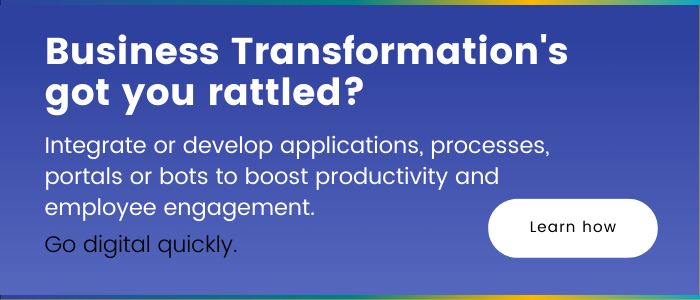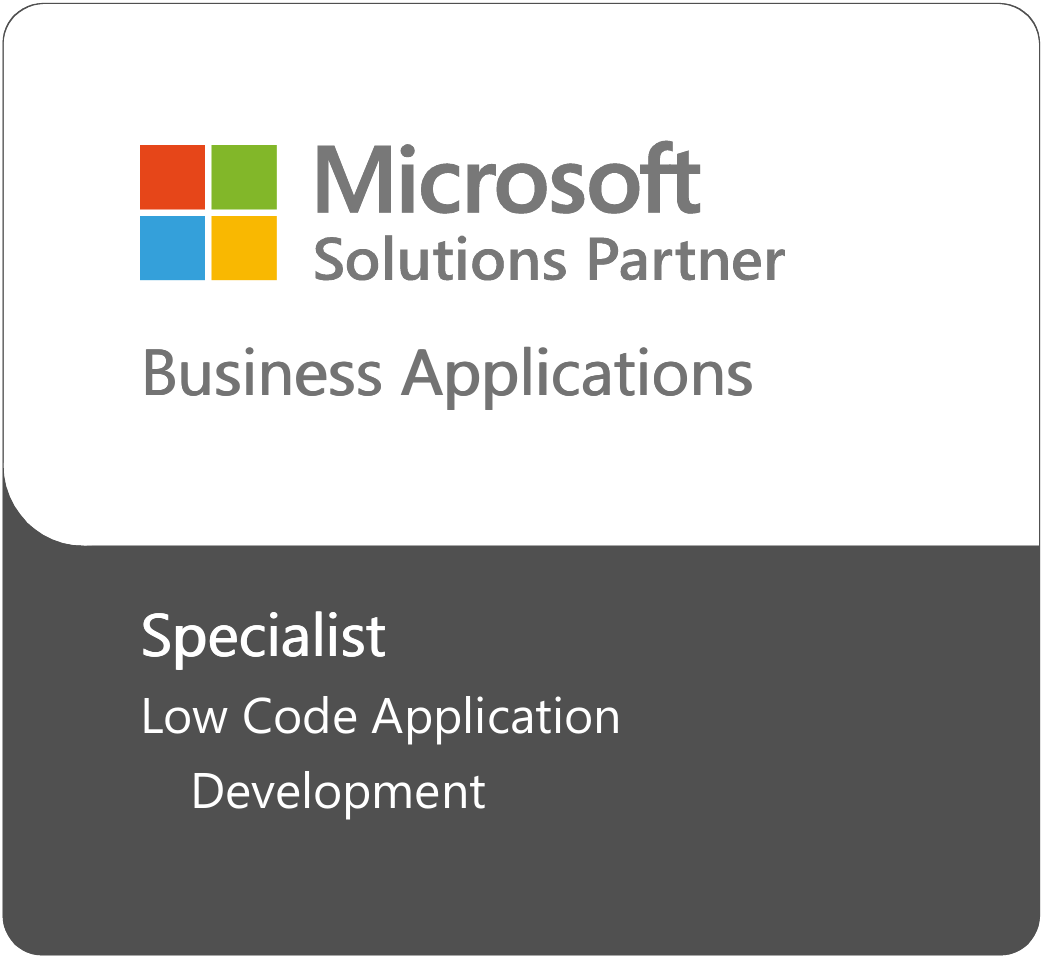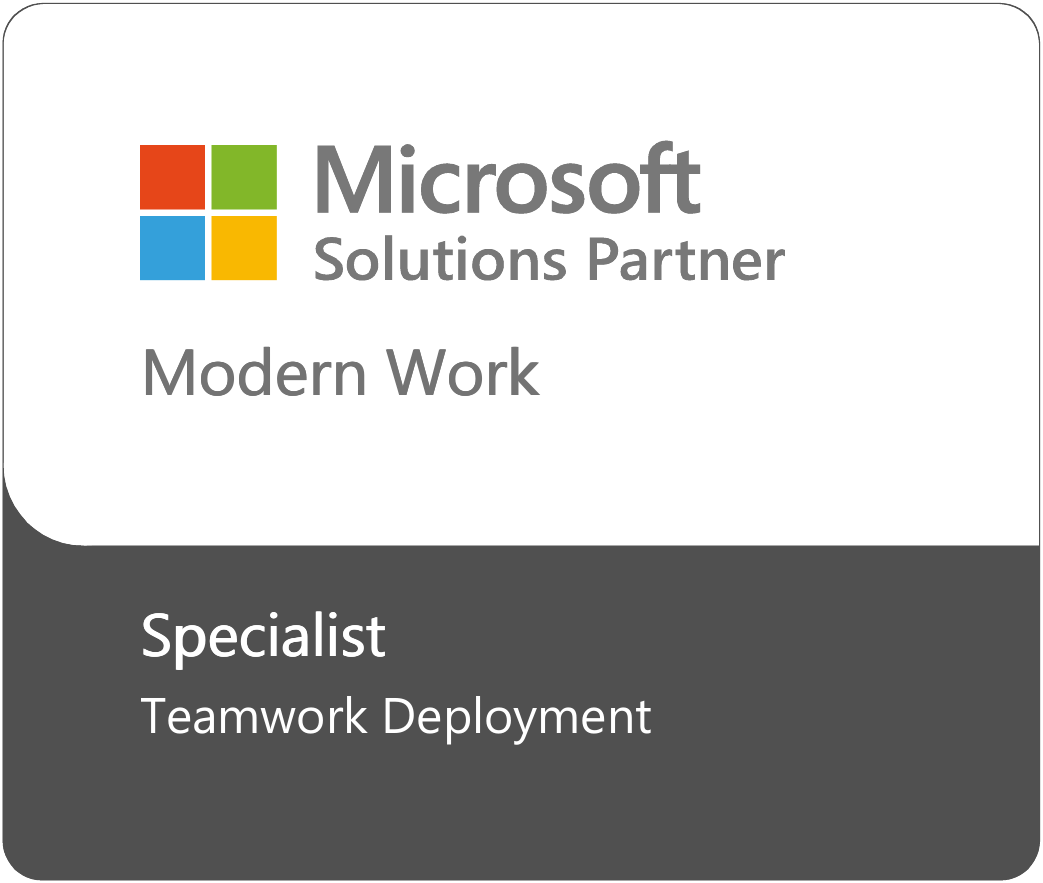What is Microsoft AI Builder?
Interested in building an AI model tailored to your business needs but not sure where to start? Microsoft’s AI Builder, part of the Microsoft Power Platform, is your all-in-one solution. This guide will walk you through using AI Builder and answer common questions, so you can become an expert in no time.
In this article, we will discuss:
- What does AI Builder do?
- Types of AI Models
- Pre-Built AI Models
- Custom AI Models
- List of common business use cases
- Cheat sheet
What does AI Builder do?
AI Builder, a component of the Microsoft Power Platform, enables businesses to create and deploy customized AI models, enhancing operational efficiency and driving performance. Users can either utilize pre-built models for various business applications or design bespoke models tailored to their specific needs. By leveraging AI Builder, organizations can automate tasks and get valuable insights from their data within Power Apps and Power Automate.

In today’s rapidly changing business landscape, harnessing Artificial Intelligence (AI) can provide a competitive edge. Here’s a simplified beginner’s guide to starting with AI Builder, which we’ll delve deeper into:
- Choose the right AI model
Select an AI model that aligns with your specific business requirements. - Integrate your data
Curate and integrate your business-specific data to feed into the AI model, enabling more informed decision-making. - Customize your AI model
Fine-tune and customize your AI models to improve performance and accuracy, ensuring they meet your business needs precisely. - Empower your AI through training
Implement automated training processes to equip your AI model with the capabilities to address specific business challenges. For example, training your AI to identify products in images based on your business data and requirements. - Leverage AI insights for business solutions
Utilize insights generated by your AI model across the Power Platform to develop tailored solutions without extensive coding skills. Whether automating document processing in Power Automate or predicting supplier compliance issues through Power Apps, AI-powered solutions can transform business operations.
By following these steps, you can seamlessly integrate AI into your business ecosystem, driving innovation, efficiency, and growth. Now, let’s delve into the types of AI models you can choose.
Types of AI Models with examples
Pre–built AI Models
AI Builder’s prebuilt models offer a straightforward method for integrating intelligence into your applications and workflows. These prebuilt solutions eliminate the need for extensive data gathering and model development, simplifying the process of adding AI-driven functionalities to your Power Apps and flows.
For example, within Power Apps, you can seamlessly integrate a component powered by a prebuilt model designed to extract contact information from business cards. This enhances user experience and increases efficiency by automating data extraction tasks.
AI Builder can also enable easy analysis of customer feedback. By leveraging a prebuilt model within Power Apps, you can quickly assess whether customer sentiments are positive or negative, facilitating timely insights and informed decision-making.
Prebuilt models are available in both Power Automate and Power Apps. The following prebuilt models are currently accessible in Microsoft AI Builder:
Sentiment analysis:
Sentiment analysis understands the emotional tone behind a piece of text, whether it’s positive, negative, or neutral. This AI model allows you to analyze text data from various sources like social media and customer reviews to gain insights into customer sentiments, spot trends, and make data-driven decisions to enhance user experience and optimize business strategies.
The sentiment analysis model also provides a comprehensive view by introducing a mixed sentiment label at the document level. Unlike individual scores, this aggregated label offers a holistic perspective on the sentiment expressed throughout the document.
When text is processed through the sentiment analysis model, the following insights are provided:
- Sentiment:
- Positive
- Negative
- Neutral
- Mixed
- Confidence score: This value, ranging from 0 to 1, indicates the confidence level of the identified sentiment. A score closer to 1 signifies higher confidence in the accuracy of the sentiment analysis.

Entity extraction:
AI Builder’s entity extraction prebuilt model transforms unstructured text data into actionable insights. This model is ready-to-use and excels at identifying key elements within the text, categorizing them into predefined categories such as Age, City, Date and Time, Organization, Name, and more.
With this advanced model, businesses can streamline the extraction of specific data points from textual information. Whether analyzing customer feedback, processing documents, or conducting research, this model converts unstructured data into structured, machine-readable formats.
It’s important to note that the entity extraction model has a character limit of 5,000 for documents. Once the data is structured, various processing techniques can be applied to retrieve valuable information, extract facts, and answer critical questions, facilitating informed decision-making.
Here are the supported languages in the entity extraction model:
- English
- Chinese-Simplified
- French
- German
- Portuguese
- Italian
- Spanish
The model output shows the identified entities and their values. For example:

This model offers a streamlined method for identifying and highlighting a text document’s main topics or focal points. Tailored to process unstructured textual data, this advanced model excels at extracting key phrases that capture the essence of the content. As a result, organizations can efficiently analyze and summarize textual data, facilitating easier interpretation for informed decision-making.
For example, given input text like “The food was delicious, and there was great service!”, the key phrase extraction model swiftly identifies and returns the main talking points, such as “food” and “great service.” This capability lets businesses promptly grasp the core themes or subjects discussed within various textual materials, including customer reviews, feedback, research articles, and more.
When the text is processed, the key phrase extraction model outputs the following information:
- Results: A list of phrases from the document.
- Phrase: Strings denoting the key talking points in the document text.

This model swiftly identifies the primary language in a text document, accompanied by a confidence score for accuracy. It is ideal for managing multilingual content, analyzing global feedback, processing diverse datasets, streamlining language identification and facilitating effective communication and content localization. Utilize this tool to enhance language analysis and optimize global engagement.
When the text is detected, the language detection model outputs the following information:
- Results: A list of languages detected in the input text.
- Language: Script version of the language code (for example, “en”, “fr”, “zh_chs”, “ru”,”es”).
- Confidence score: Numeric value from 0 through 1, where values close to 1 indicate higher confidence.

Limits
Please be aware that there are specific call limitations applicable per environment for the following prebuilt AI models: Language Detection, Sentiment Analysis, and Key Phrase Extraction.
| Action | Limit | Renewal Period |
| Calls (per Environment) | 400 | 60 seconds |
Invoice processing
This model simplifies invoice handling by accurately extracting vital data. Optimized to recognize key invoice details such as invoice ID, customer and vendor information, shipping and billing details, totals, taxes, subtotals, line items, and more, this prebuilt model analyzes and captures all text and tables on invoices. With this tool, organizations can establish workflows to automatically populate invoice information into their databases, enhancing efficiency and accuracy in invoice management.
To ensure optimal performance:
- Submit clear photos or scans of invoices.
- Accepted formats: JPEG, PNG, or PDF.
- File size limit: 20 MB.
- Image dimensions: Between 50 x 50 pixels and 10,000 x 10,000 pixels.
- PDF dimensions: Up to 17 x 17 inches (equivalent to Legal or A3 paper sizes) or smaller.
- Processing limit for PDFs: First 2,000 pages.
When an invoice is detected, the invoice processing model outputs the Key and its value.

Text recognition
AI Builder’s text recognition capabilities empower organizations to streamline document analysis, automate data extraction, and seamlessly integrate textual content into digital workflows. Whether processing scanned documents, analyzing images with embedded text, or extracting information from PDF files, this prebuilt model offers a robust solution to enhance efficiency and accuracy in text extraction tasks.

Receipt processing
With AI Builder’s receipt processing capabilities, organizations can streamline receipt management, automate data extraction, and enhance accuracy in capturing important transaction details. Whether tracking expenses, managing inventory, or analyzing purchasing patterns, this model simplifies receipt processing and optimizes operational workflows.
This model revolutionizes contact management by extracting crucial details from business card images. It is designed to identify and capture key information, including the person’s name, job title, address, email, company, and more, whenever it detects a business card within an image.
Organizations can streamline contact entry, automate data extraction, and improve accuracy in capturing important contact details. Whether networking at events, managing client relationships, or organizing professional contacts, this business card AI model offers a robust solution to simplify contact management and optimize operational workflows.
This model simplifies customer feedback analysis by categorizing text into predefined groups such as Issues, Complaints, and Customer Service. Category categorization streamlines feedback processing, automates categorization, and provides insights into customer sentiments. Ideal for analyzing reviews, survey responses, and feedback channels, it enhances decision-making and improves service quality across industries.
Identity document reader
AI Builder’s identity document reader extracts key details such as name, date of birth, and gender from passports, driver’s licenses, PR cards, Green Cards, and other official cards. This tool streamlines identity verification, automates document processing, and improves accuracy. Ideal for applications, background checks, and customer verification, it enhances security and compliance across industries.
This model provides a powerful solution for overcoming language barriers within your organization. It can detect the language of text data and translate it in real-time across over 60 languages, facilitating seamless communication and collaboration across diverse teams and global locations.
AI Builder’s image description model analyzes images to generate user-friendly descriptions, enhancing accessibility for visually impaired individuals and screen reader users. This tool promotes inclusivity, optimizes content delivery, and improves user engagement across platforms, making it ideal for educational materials, marketing content, and user interface development.
Custom AI Models
Every enterprise is unique, with its own needs and challenges. Acknowledging this diversity, AI Builder provides the capability to develop custom AI models tailored to your organization’s specific requirements. These models leverage your proprietary data and cater to your distinct documents, text, and images.
With custom AI models, you experience flexibility and adaptability, seamlessly integrating with Power Automate and Power Apps. This empowers you to create tailored solutions that drive efficiency and innovation, addressing your organization’s unique demands and enhancing your competitive edge.
Explore the range of Custom Models in AI Builder:
This model extracts specific information from standard documents such as invoices or tax forms. It empowers organizations to automate the reading, extraction, organization, and storage of data, saving valuable time and enhancing efficiency in document management processes.
This model classifies text data into custom categories, tackling the challenges posed by the exponential growth of textual information from channels such as email, documents, and social media. By leveraging the capabilities of AI Builder’s custom category classification model, organizations can automate text analysis, enhance sentiment analysis, improve spam detection, and optimize customer request routing.
Transform your text data with AI Builder’s entity extraction models, designed to identify and categorize specific information based on your business needs. These models convert unstructured data into structured, machine-readable formats, enabling efficient data retrieval, fact extraction, and question answering. Choose from ready-to-use prebuilt models for quick deployment or customize your own.
AI Builder’s prediction models harness the power of historical data to forecast future outcomes. By analyzing patterns and associating them with specific results, these models leverage AI capabilities to detect learned patterns in new data, enabling accurate predictions. Whether exploring binary choices, multiple outcomes, or numerical answers, AI Builder’s prediction models offer versatile solutions to address various business questions and enhance decision-making across different scenarios.
AI Builder’s object detection feature enables the identification of custom objects within images, offering valuable applications across various industries. In retail, it facilitates streamlined inventory management, enabling leaders to prioritize customer interactions. In manufacturing, technicians can expedite repairs by quickly identifying machinery manuals, even when UPC or serial numbers are not readily apparent.
Azure Machine Learning offers a comprehensive cloud service designed to accelerate and manage the entire lifecycle of your machine learning projects. Tailored for ML professionals, data scientists, and engineers, this platform seamlessly integrates into your daily workflows, enabling you to efficiently train, deploy, and manage machine learning models. With Azure Machine Learning, you can streamline machine learning operations (MLOps) and optimize collaboration, empowering your team to drive innovation and achieve impactful results in your ML initiatives.
List of common business use cases
Cheat Sheet
Getting started with Microsoft AI Builder
Microsoft’s AI Builder stands as a transformative tool within the Power Platform ecosystem, empowering organizations to use the power of artificial intelligence to address diverse business challenges. From pre-built models like sentiment analysis and invoice processing to customizable solutions tailored to specific needs, AI Builder offers flexibility, efficiency, and innovation at every turn. Whether you’re looking to streamline operations, gain actionable insights, or enhance customer experiences, AI Builder provides the framework and tools to drive your digital transformation journey forward.

- Supercharge your productivity with Microsoft Loop and Microsoft Copilot in Word - July 11, 2024
- A complete guide on Microsoft Dataverse: Best practices and tips - April 30, 2024
- What are Power Platform connectors? - April 15, 2024
Related Posts
Subscribe our newsletter
Enter your email to get latest updates.

















